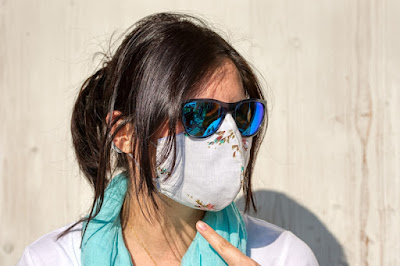The growth of science and technology has been at its peak since the last few decades of this generation. Technology has been at an exceptionally high influx rate, and modernization has never failed to amaze this generation. When the latest innovation gets old and backdated in the next hour, science and technology bring up even an advanced mode or item for the better future and an upgraded form of present.
To look at some of the inventions, we can never subdue the creation of an online platform for fun and spending quality leisure time for all the adults. We can quickly refresh ourselves through NetBet by playing various slot games and making other strategic decisions.
The Changes
Computers
From the vast list of upgraded inventions from the past, it is challenging to uphold everything. However, to pick some of the unusual upbringings of science and technology are computers. They are the core of our existence in today's life. We start from the day till the end of it, from calculating and keeping records to playing games, attending classes and medical care,. They have become an integral part of our existence.
Communication
The world evolved from letters to emails to Snaps and from telephones to smartphones. As a meal is incomplete without a glass of water, our life can feel incomplete without a mobile phone. People from youth to the elderly carry a mobile phone. Lifestyle without a cell phone is not even imaginable for many any more, such as social media, calling, texting, and many other examples.
Transportation
Another inevitable upgrade is the transportation system, from the steam engines, 3-wheeler Mercedes to the sedans, SUVs, and electric trains. Nowadays, transportation for people must be made smooth and convenient because of their work schedule, so a great invention a means to ride electric trains. They are fast and can carry a lot of people. Talking about cars, the all-new models of Sedans and SUVs are ruling the market both in the field of luxury and comfort. Nowadays, the electric cars from Tesla are more environmentally friendly and go one step ahead in the list of modern technology. They emit less pollution as well.
Helps Build a Better Tomorrow
These new stages of inventions are not only helping us make our tasks easy and fast and make us ready for an even advanced tomorrow. Online platforms for transactions have been an inevitable innovation in the face of technology. Others include online shopping, delivery of your meal, and booking a cab for your journey. These advancements don't only make one's life easy and modern but also self-sufficient. After a long day, the working woman finds it easy to order her family dinner on her way home, at the same time booking a cab in an emergency and not waiting for anyone's lift.
New technologies used in the space stations send astronauts via satellite to outer space for varied information. Multiple satellites are used for a single project and then multiple undetected failures back in the old days. Nowadays, they allot one for each project, and they do not even send humans to acquire information from outer space.
The Bottom line
The new world in front of us with all the hi-tech technologies and science makes our living easy and comfortable and has a lot of side effects on our lifestyle. They are proving to have both the side effects and the well-being of human existence.
This is a guest blog entry.














